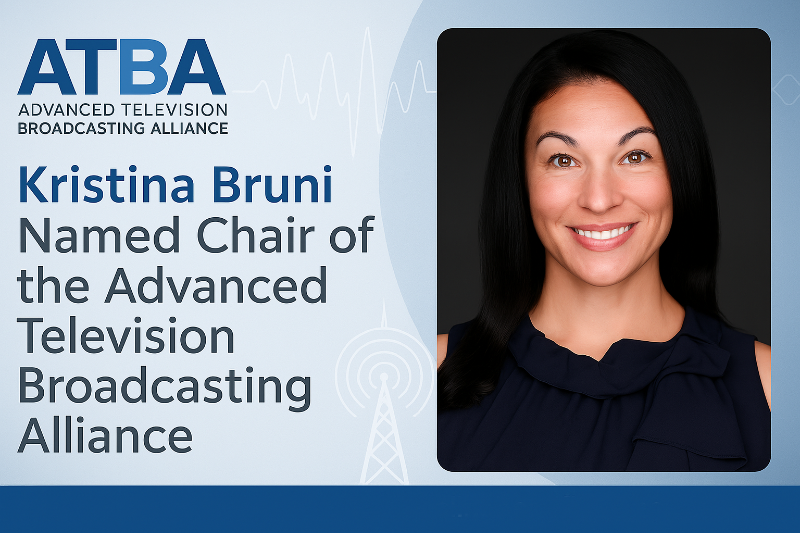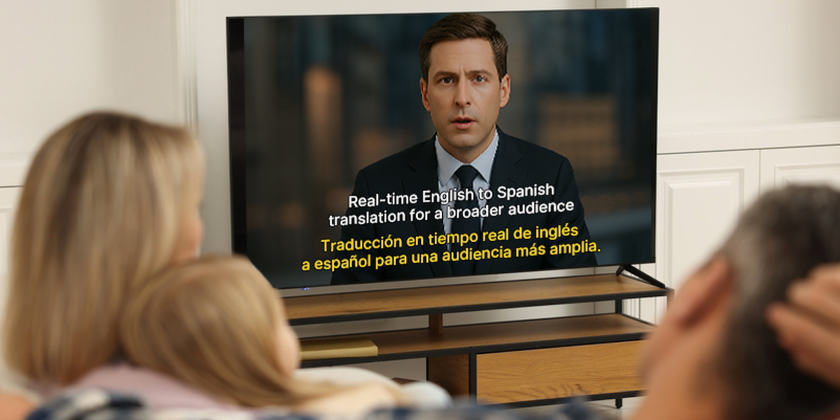Book Review: 'Television Operations'
ALEXANDRIA, VA.—“Television Operations: A Handbook of Technical Operations for TV Broadcast, On Air, Mobile and Internet” is another in the growing list of specialty publications produced under the auspices of the Society of Broadcast Engineers. Its authors, Frederick M. Baumgartner and Nicholas A. Grbac, are no strangers to broadcasting and life in television master control rooms (I counted more than a dozen sets of station call signs in their combined bios).
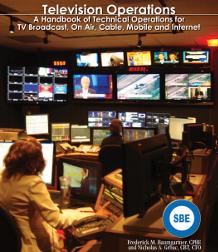
The book is extremely comprehensive, dealing with the nuts and bolts of master control rooms, workflows therein, transmitter operation, FCC rules and regulations, and even some good advice about conducting oneself during an interview for a control room job. Having spent a large share of my early years in the television broadcast business as a master control operator, I particularly enjoyed the authors’ summation of what it’s like to work in MC: “…it can be fairly boring, punctuated by moments of terror.”
NO STONE LEFT UNTURNED
Of course, my experience goes back some four decades now, and while the methodology and technology has changed a bit over the years, the mission is still the same and Messrs. Baumgartner and Grbac have done an excellent job of putting on paper what MC operators need to know and what this portion of the TV broadcast chain is all about. Few, if any, stones have been left unturned. Job descriptions of just about every element and division in a typical television operation (traffic, engineering department, news, sales, programming, etc.) and their relationship to MC operations, are spelled out and flowcharted, as are the processes that go on within the four walls of MC (ingest, transcoding, dubbing, playout and the like).
“Television Operations” is quite up-to-date, including such topics as “channel-in-a-box,” virtualization, IP connectivity and routing, bonded cellular connectivity, and compression technologies. There’s a good amount of information on EAS, centralcasting, automation, CALM, video servers, real-time and non-real-time file transfers, profanity/”wardrobe failure” delay protection, and even some editing basics.
Broadcasting (and some other enterprises) base their operations on a rather different form of math. Baumgartner and Grbac devote a section of their workflow chapter to this. (I speak, of course, of doing time calculations where simple “base 10” math doesn’t cut it.) To successfully time show segments, commercial breaks and the like, you need to be extremely mindful of 60-second minutes and 60-minute hours. Baumgartner and Grbac do a very good job of explaining how this is done with several examples. (I wish their book had been available for a certain news producer I once worked with. A nominal 28-minute and 30-second newscast would ever so often wind up as either an 18:30 or a 38:30 show. Talk about moments of sheer terror! But I digress.)
AMAZING AMOUNT OF MATERIAL
Get the TV Tech Newsletter
The professional video industry's #1 source for news, trends and product and tech information. Sign up below.
In addition to station organization, MC workflows, and operating practices, “Television Operations” also includes a fair amount of technical material that will be of use to anyone who wants to make a career of putting live feeds and recordings on the air. There’s a very comprehensive section of satellite technology, including frequency bands, “sun outages,” rain fade, “peaking-up” the antenna; even an explanation of SCPC vs. MCPC. Pertinent FCC rules and regulations aren’t neglected either, even down to tower lighting requirements, closed captioning and PSIP. I am truly amazed at the amount of material covered in this fairly small (155-page) book.
If I have to fault anything about the book, it would be its illustrations. With a few exceptions, they are too small to be of much value, and some cannot be read without the aid of a magnifying glass (or very strong reading glasses). (The text accompanying the color bars on p. 73 and the two-page KMGH-TV station log and station license on pp. 107 and 111 respectively are good examples.) Even though it would up add a few more pages, I would offer that if/when “Television Operations”goes into a second edition, such graphics as these should be made full-page size. At their current size, they add little value to content that has been so carefully researched, wordsmithed and set down on pages.
Obviously “Television Operations”is not intended for the person who’s been working in a master control operation for some time, but is rather a “primer” for those just starting out in this most interesting part of the television business. It is also an excellent guide for those who might be considering such a career. The book would be a welcome addition to the library of technical high schools, vo-tech schools and community colleges that offer classes of a “practical” nature. As many of us are only too keenly aware—not that many young people seem to be interested in a technical television career anymore. Reading “Television Operations” (or just glancing through its pages) just might serve as a catalyst to motivate a younger individual without a career goal to explore a career in this area.
“Television Operations: A Handbook of Technical Operations for TV Broadcast, On Air, Mobile and Internet” is available from the SBE’s online bookstore, Amazon, Barnes & Noble and others in either printed format or as an e-book.
James O'Neal is a retired broadcast engineer who worked in that field for some 37 years before joining Radio World’s sister publication, TV Technology, where he served as technology editor for nearly a decade. He is a regular contributor to both publications, as well as a number of others.
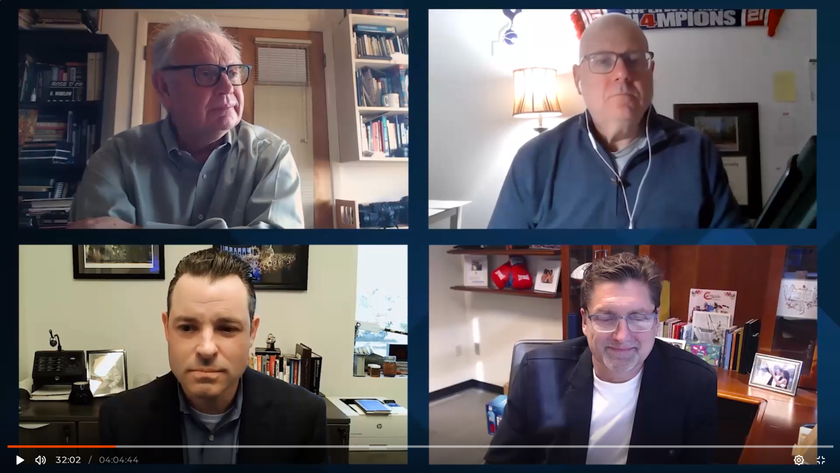
TV Tech Summit: Networks, Stations Explore the Future of News and Sports Production
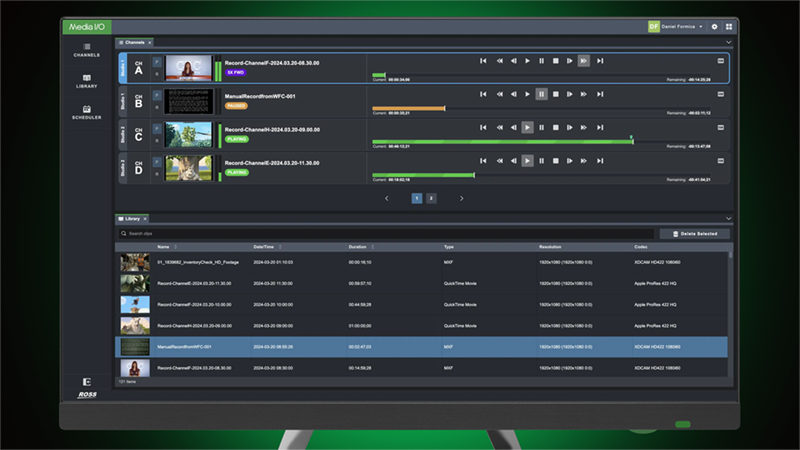
Sponsored: The Feed Room Is Now a Web Browser


